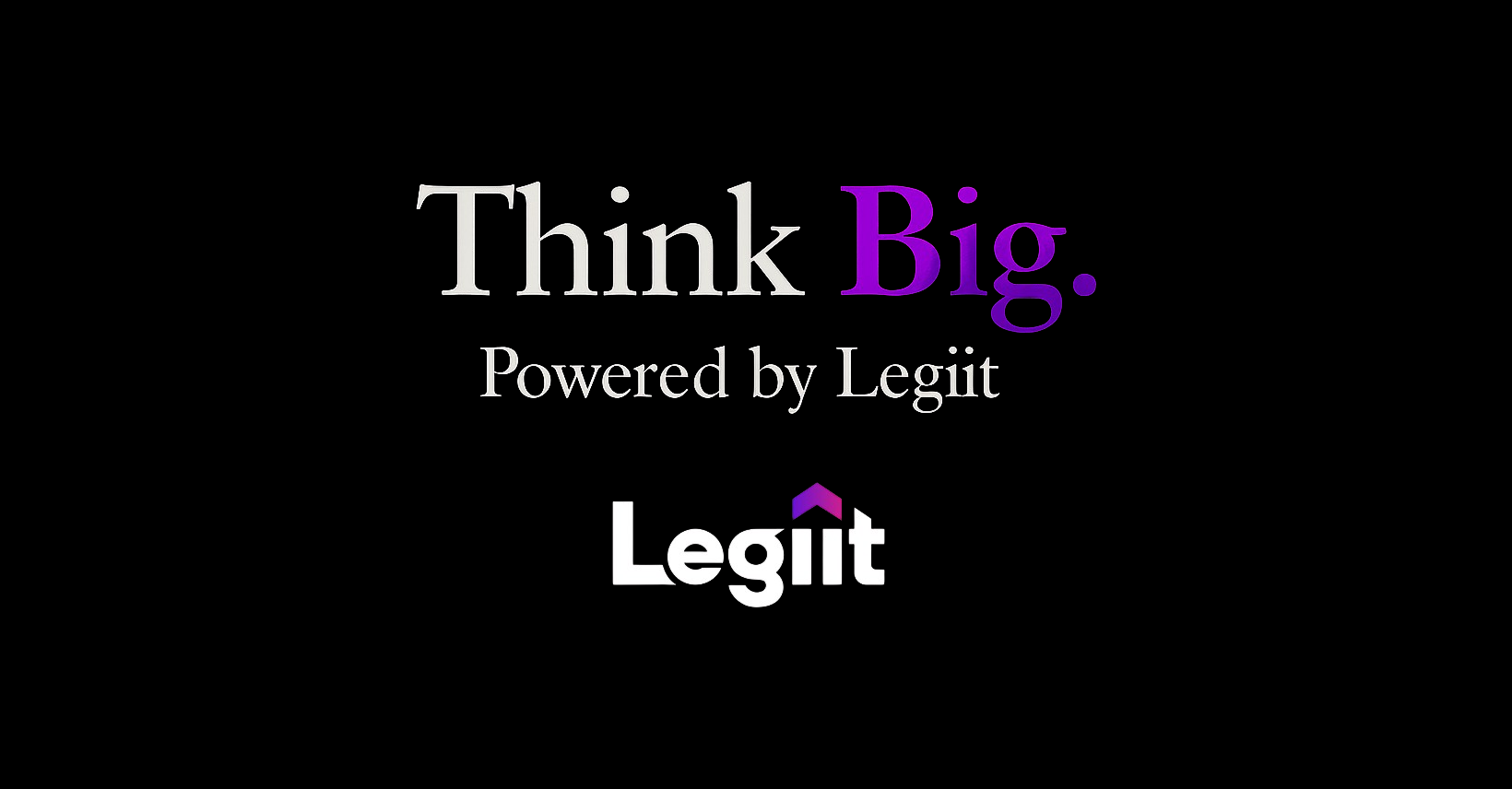While the process of closing a sale has an essential formula, it is as much an art form as it is a scientific method. Choosing the correct words and phrases in closing can make or destroy a transaction. This will most likely be the deciding factor in whether or not your efforts will be worthwhile.
The close is a source of anxiety for the majority of salespeople but don’t let this anxiety keep you from sealing the close.
Learning how to close a sale can be pretty simple, but it’s going to take some work.
- Know your product
- Focus on the customer
- Take risks
- Dig into challenges
- Establish budget later on
- Keep it short and sweet
- Feedback loops
- Clear and precise steps
- Stop pitching
- Know your devices
- Killer CTA
Read more about these always be closing sales tips below:
Know your product

It's easier to sell, provide support, and draw attention to your items when you're familiar with them. Customers appreciate knowing that they can come to you with any concerns they have about your products. If you can't answer questions regarding your product, you won't be able to deliver ideal customer service. Knowledge allows you to develop stronger relationships with your customers, increasing the likelihood that they'll be a return customer.
Focus on the customer
Customers have more expectations now than ever before. They're comparing your company to the easy, quick, and personalized experiences they're getting from the cream of the crop businesses. And it is these customer-focused companies that profit from the renewed increase in customer loyalty. Customer focus has never been more crucial, with 89 percent of companies competing primarily on the basis of customer experience. The good news is that improving customer focus is possible. It all starts with a thorough understanding of what customer focus encompasses and the development of more effective customer focus strategy.
Take risks with prospects
This is the best way to separate yourself form everyone else in the game. Humans are risk averse by nature, but salespeople push it to a new level. However, in today's marketing world, taking risk with prospects is vital to succeed. If you take the biggest risks, you'll earn the biggest rewards. For example, the next time you see a prospect is feeling unsure, say, “Does that seem reasonable? Take a look at what the prospect has to say. Does that make sense? Take those types of chances when it comes to prospects.
Dig into challenges

You need to know what the major challenges are that your prospect is dealing with. What kinds of challenges are keeping them from committing? The more you can learn about their challenges and how they're dealing with them in relation to whatever you sell, the better. The more you dig into these challenges, the more likely you are to truly understand your customer, their needs, and ultimately close sales. For example, if your customer is in need of a product to protect their antique chair from UV damage then you’ll know how to adjust your close to address that need.
Establish a budget later on in the process
Top performers hold off on discussing pricing and budgeting for around 40 minutes after the initial finding. For the prospect, the question is: Can this person's offering give enough value that the cost to me will be virtually insignificant? If all your prospects can answer yes to that question, you’ll be always closing sales.
Keep presentation short and sweet
Long presentations can be extremely dull and boring! Simply mention the essential points you want to get through in in the presentation, depending on the challenges your customer mentioned in the discovery process. You want to keep your prospect engaged not bore them to sleep.
Use feedback loops
Re-engage those prospect customers by using feedback loops in the conversation. A feedback loop can be as simple as asking a question like, “Doesn’t that sound nice?” or “Does that make sense?” Simple questions like this will draw your prospective customer’s attention back to your conversation. Feedback loops are extremely powerful and we can always use them!
Make clear and precise next steps
Always create a clear and precise next step when closing a meeting or a conversation with a prospect. Sales are kept on track by clear and scheduled next steps. Like Ben Hecht said, “Time is a circus, always packing up and moving away.”, so keep those scheduled meetings and conversations because they may be your only chance to make that sale!
Stop pitching
Pitching just doesn’t work for closing sales anymore. When you're selling, all you need to do is get to know your prospects, get them talking, and get them focused on the goals they want to achieve. When you're selling, all you need to do is get to know your prospects, get them talking, and get them focused on the goals they want to achieve. This will create a proper discovery conversation allowing you to present solutions to your prospect’s challenges.
Know your devices

Make sure your CTA is tailored for a variety of devices, such as smartphones, desktop PCs, and tablets. There is absolutely nothing more frustrating and discouraging than visiting a business website on your phone and not being able to properly view the content! Mobile users make up over half of all internet traffic so keep this in mind when creating websites.
Killer CTA
Buy now!" is the most basic example of a call to action and we’ve all seen it. The more information you can offer with your CTA to your potential buyers, the better it will be for everyone. Start the CTA with the desired action to let your audience know exactly what you want them to accomplish.
Check out these top 5 CTA Tips below!
- Use strong command verbs to start your CTA
- Use words that provoke emotion
- Give your audience a reason why
- Take advantage of FOMO
- Don’t be afraid to get a little creative
There are various ways to close a sale and every prospect is different, what worked for one prospect may not work for the next. Learning to close takes time, lots of effort, and practice. This art will not be mastered after a few sales so sit back and enjoy the ride to becoming the next top closer in your field.








 Download
Download